- Home
- Witchcraft Through the Ages
Witchcraft
Through the Ages
Witchcraft has long been a subject of intrigue and fear, often shrouded in mystery and misconception. But what exactly is witchcraft, and where did it all begin? To truly understand the evolution of witchcraft through the ages, we must travel back to a time before even ancient civilizations.
Witchcraft
Through the Ages – Prehistory
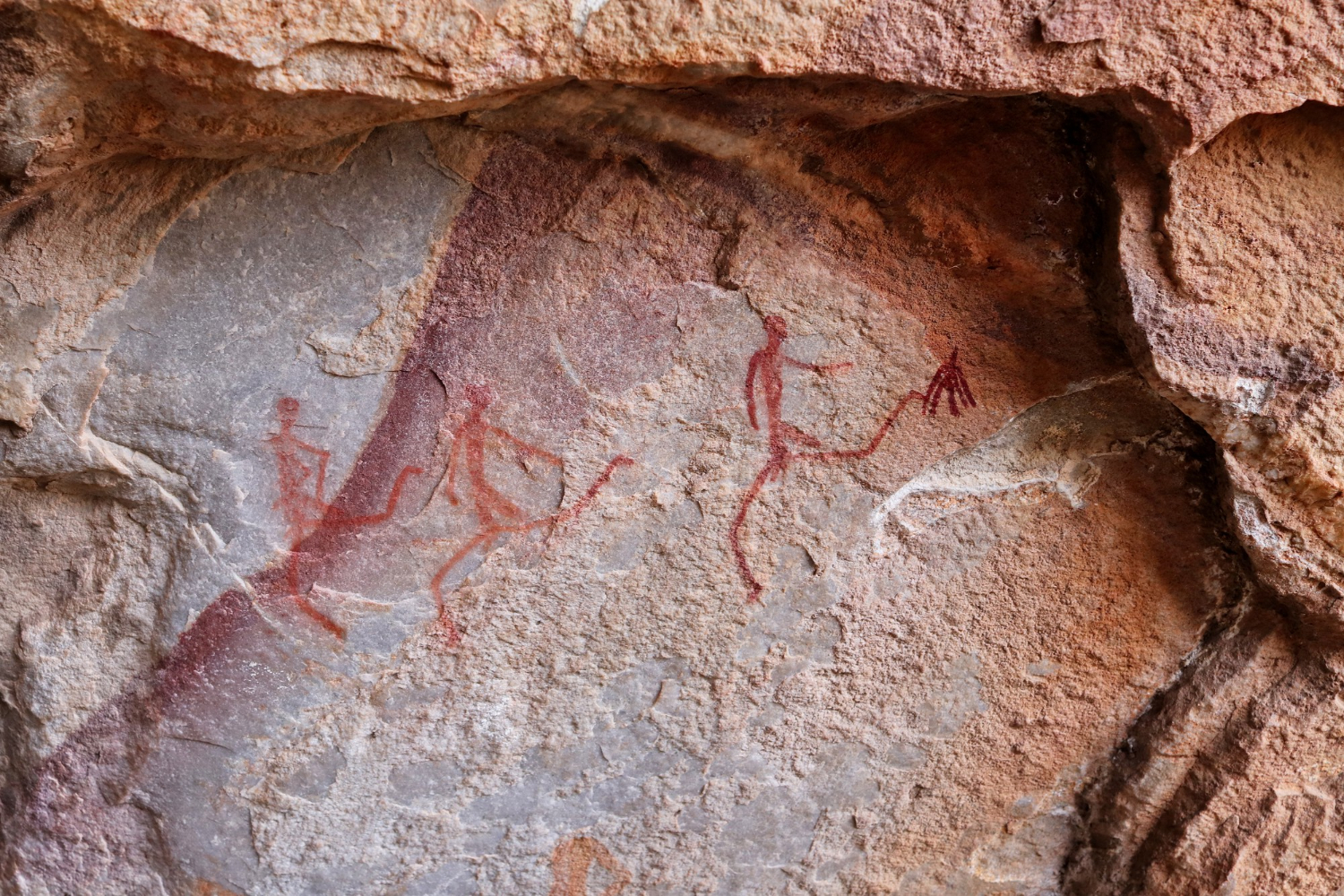
For thousands of years before the invention of writing, hominid tribes traveled across the world. The use of writing marks the start of history for any given culture. “Prehistory” ended as early as 2900 BCE in Mesopotamia and as far forward as 19th century CE in some parts of the world, depending on when the area developed or adopted a method of writing.
In prehistory, beliefs in magic and supernatural powers were widespread and played a significant role in early societies. Early societies used charms, divination, and spells to understand and influence nature. These beliefs were often a combination of science and religion, with tribes keeping what worked and discarding what didn’t.
Prehistoric witchcraft survives in the shamanistic practices of native tribes around the world. Some tribes in South America, Africa and Southeast Asia remained undiscovered and without a written language well into the 19th and even 20th century CE. These tribes retained forms of witchcraft and shamanism largely unaffected by the outside world. Some anthropologists are studying these tribes to determine how their practices developed, and whether these practices can be adapted to today’s world.
Witchcraft
Through the Ages – Ancient Europe
The earliest mentions of witchcraft can be traced back to ancient Mesopotamia, where it was often associated with magic and the supernatural. In these early societies, like Sumer (5300 BCE to 1750 BCE) and Babylon (2000 BCE to 539 BCE), magic was a part of everyday life, used for healing, protection, and even cursing one's enemies.
Witchcraft was also present in ancient Egypt (3100 BCE – 30 BCE). The Egyptians believed in a complex system of gods and goddesses, and magic was an integral part of their religious practices. Spells and incantations were used to invoke the gods' favor and ensure a prosperous life and pleasant afterlife. On of the most famous collections of these spells and rituals is The Book of the Dead. This collection of funerary rites is one of the sources of our understanding of this ancient culture.

In ancient Greece (1200 BCE to 146 BCE) and Rome (753 BCE to 467 CE), witchcraft took on a more sinister connotation. The Greeks, for instance, had a complex relationship with magic, viewing it as both a source of wisdom and a potential threat. The famous Greek philosopher, Plato, even wrote about the dangers of witchcraft in his works. The Romans, on the other hand, were more pragmatic in their approach to witchcraft. They enacted laws to regulate magical practices, often punishing those who used magic for harmful purposes. This marked the beginning of a long history of legal persecution against witches.
Witchcraft
Through the Ages – Medieval Times

As Christianity spread throughout Europe (beginning in 313 CE), the perception of witchcraft began to shift. The early Christian church (which evolved into the Roman Catholic Church) viewed magic as a pagan practice, incompatible with Christian beliefs. This led to the demonization of witches and the association of witchcraft with devil worship.
The Middle Ages (476 to about 1400) saw the rise of witch hunts and trials, fueled by fear and superstition. The infamous "witch craze" swept across Europe, resulting in the persecution and execution of thousands of individuals accused of practicing witchcraft.
The Burning Times

One of the most well-known periods of witchcraft persecution is often referred to as "The Burning Times" (about 1400 to about 1700). During this era countless people were tried and executed for witchcraft, often based on little more than suspicion and hearsay. It is believed today that few if any of these accused actually practiced witchcraft.
The witchcraft trials of this period were brutal and unforgiving. Accused witches were subjected to torture and forced confessions, leading to a climate of fear and paranoia. Accusations were often leveled at those on the fringes of society, and those who threatened the power of the Church. The infamous Salem witch trials (1692 to 1693) in colonial America are a prime example of this hysteria. These trials and the hysteria created by them helped bring about the end of the burning times.
Witchcraft
Through the Ages – The Age of Enlightenment
As we move into the Enlightenment era (1685 to 1815), attitudes towards witchcraft began to change. The rise of scientific thought and rationalism led to a decline in the belief in witchcraft, and many of the old superstitions were questioned and debated.
However, the legacy of the witch hunts continued to linger. The fear and suspicion that had fueled the persecution of witches left a lasting impact on society, shaping our perceptions of witchcraft for centuries to come.
Witchcraft
Through the Ages – Modern Europe and America
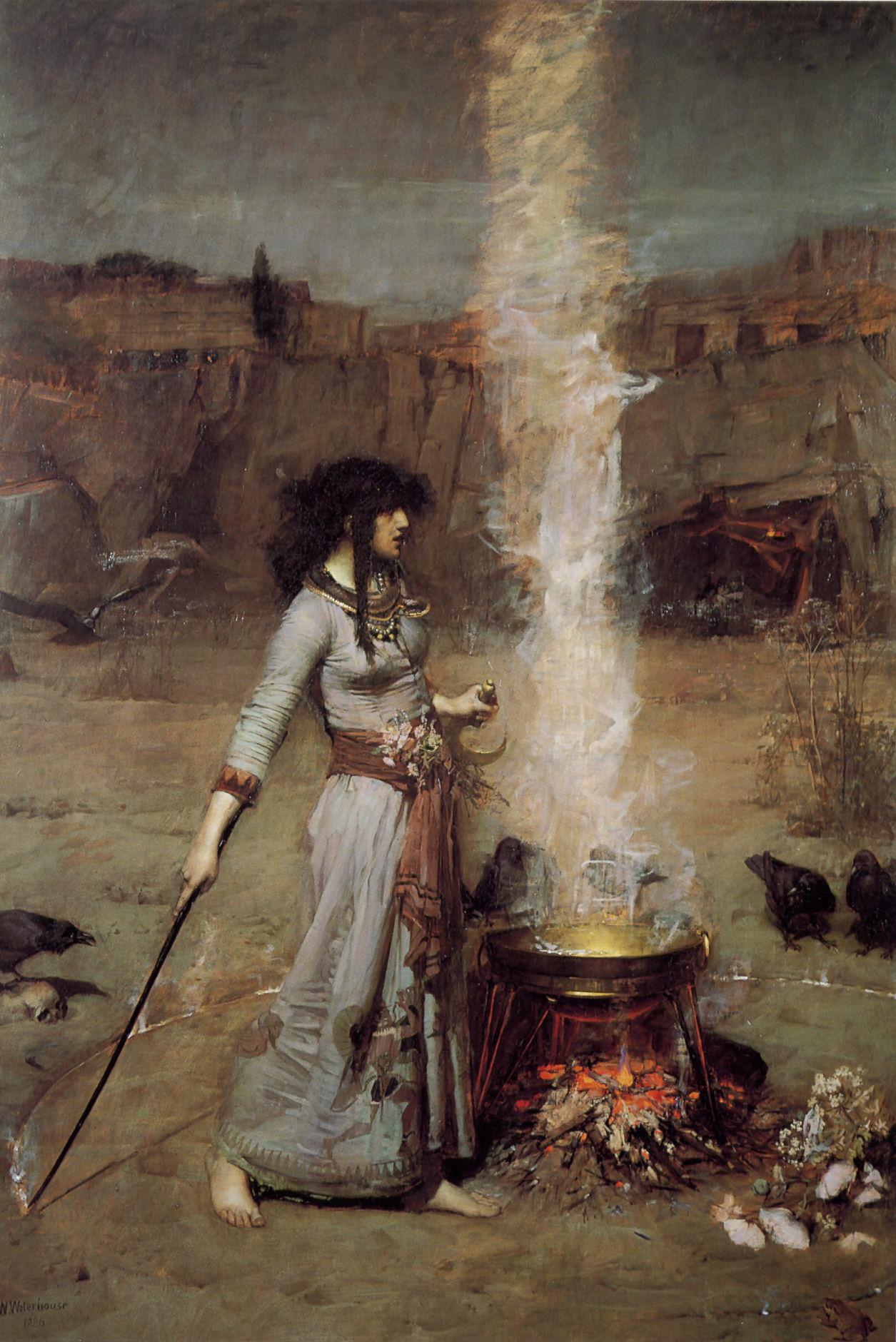
Beginning in 1848, witchcraft experienced a resurgence, as people began to explore alternative spiritual practices. This period saw the rise of what was then called “spiritualist” practices, including seances and table tipping. In 1888, the Hermetic Order of the Golden Dawn was founded in Europe. This spiritualist group helped to revive the open practice of magic and witchcraft. It led to the evolution of modern witchcraft movements, such as Wicca, which sought to reclaim and redefine the practice of witchcraft.
Wicca, founded by Gerald Gardner in England during the 1930s, is a modern pagan religion that draws on ancient witchcraft traditions. It emphasizes the worship of nature and the practice of magic, often incorporating rituals and ceremonies. In 1964, Wicca was introduced to the United States of America by Raymound Buckland. Today, there are dozens of branches of Wicca alongside many other neopagan and revival religions.
Witchcraft is a diverse and evolving practice, with many different traditions and interpretations. From solitary practitioners to organized covens, witches in modern day continue to explore and redefine their craft.
Contemporary witchcraft is often seen as a form of spiritual empowerment, allowing individuals to connect with nature and harness their inner strength. It is a far cry from the dark and sinister image that has been perpetuated throughout history.
Witchcraft
Around the World
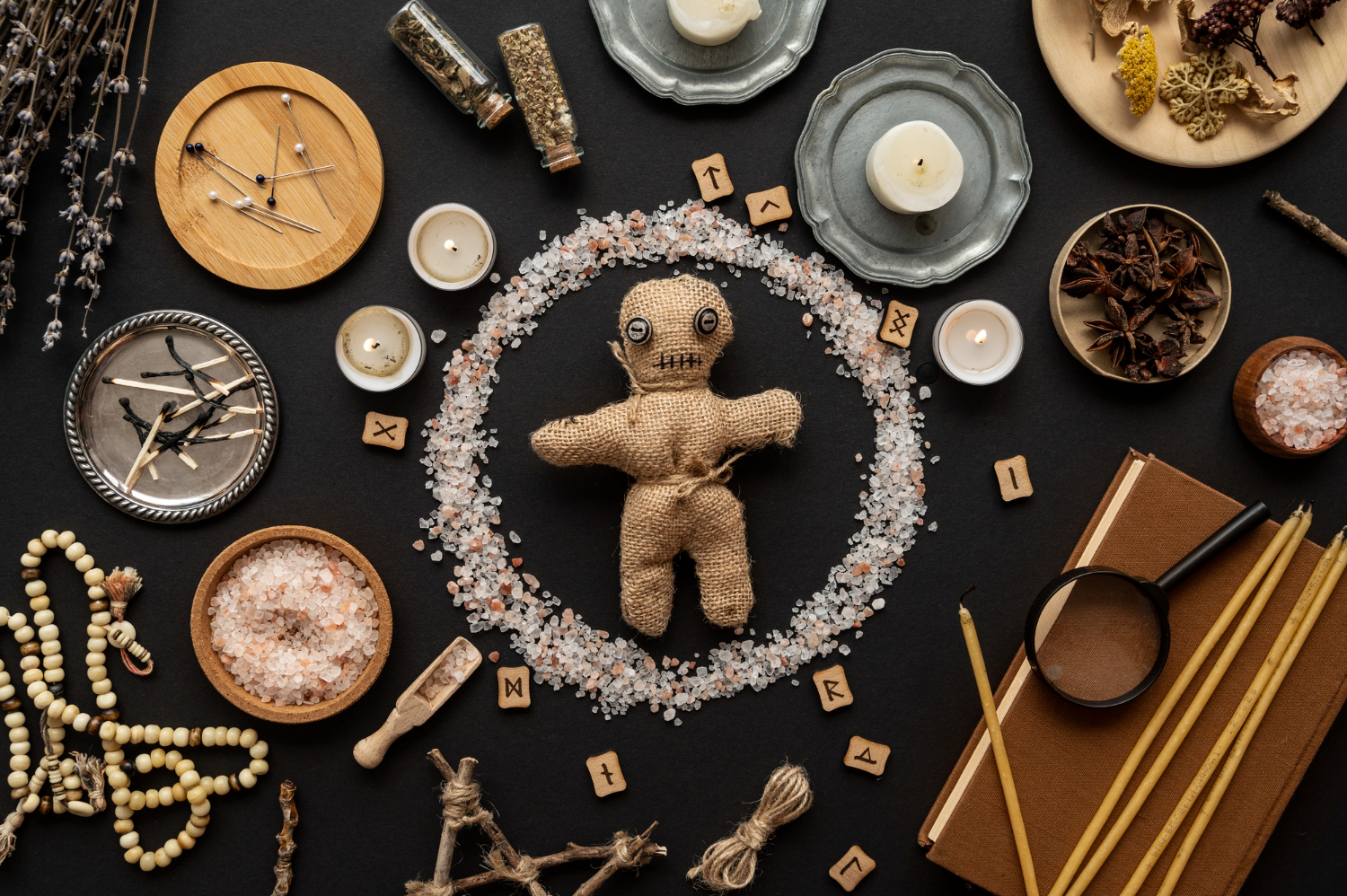
In many parts of the world, witchcraft is no longer considered a crime, and individuals are free to practice their beliefs without fear of persecution. However, there are still places, especially in the developing world and Islamic countries, where accusations of witchcraft can lead to violence and discrimination. In some countries, traditional beliefs and superstitions continue to fuel fear and suspicion, leading to the persecution of those accused of practicing witchcraft.
Despite these challenges, the modern witchcraft community continues to grow and thrive. With the advent of the internet and social media, witches from around the world can connect and share their knowledge and experiences. This global community has helped to dispel many of the myths and misconceptions surrounding witchcraft, promoting a more accurate and nuanced understanding of the practice.
As society becomes more accepting of alternative spiritual practices, it is likely that witchcraft will continue to evolve and adapt to the changing times. The history of witchcraft is a testament to the resilience and adaptability of the human spirit. Despite centuries of persecution and misunderstanding, witches have continued to practice their craft and pass down their knowledge to future generations.
As we reflect on this rich and complex history, it is important to remember the lessons of the past. The fear and suspicion that fueled the witch hunts serve as a reminder of the dangers of intolerance and ignorance. By embracing a more open and inclusive understanding of witchcraft, we can help to create a world where individuals are free to explore their spiritual beliefs without fear of persecution.
The history of witchcraft is a fascinating and multifaceted story, one that continues to captivate and inspire people around the world. From its prehistoric origins to its modern-day resurgence, witchcraft has evolved and adapted to changing times.
Share this page on social media:



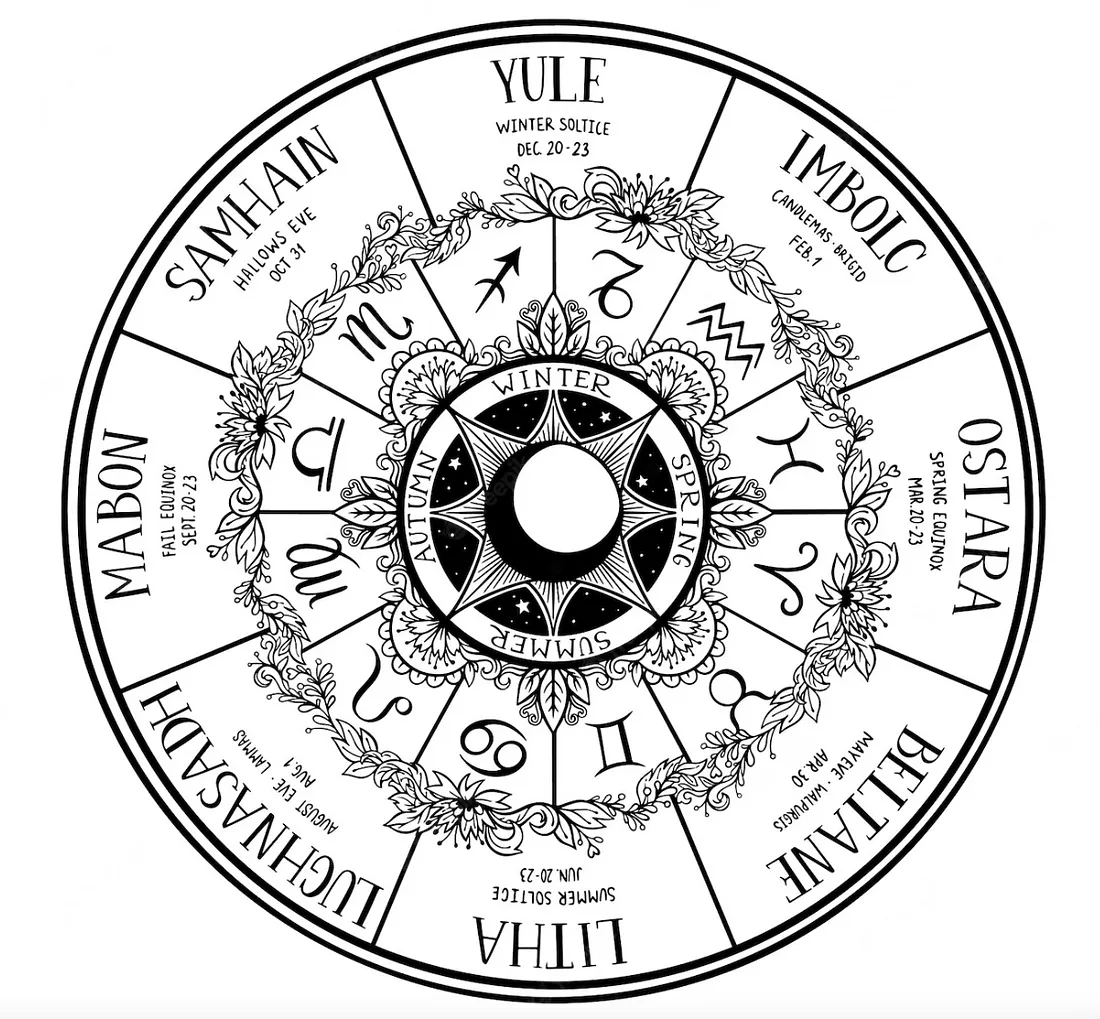
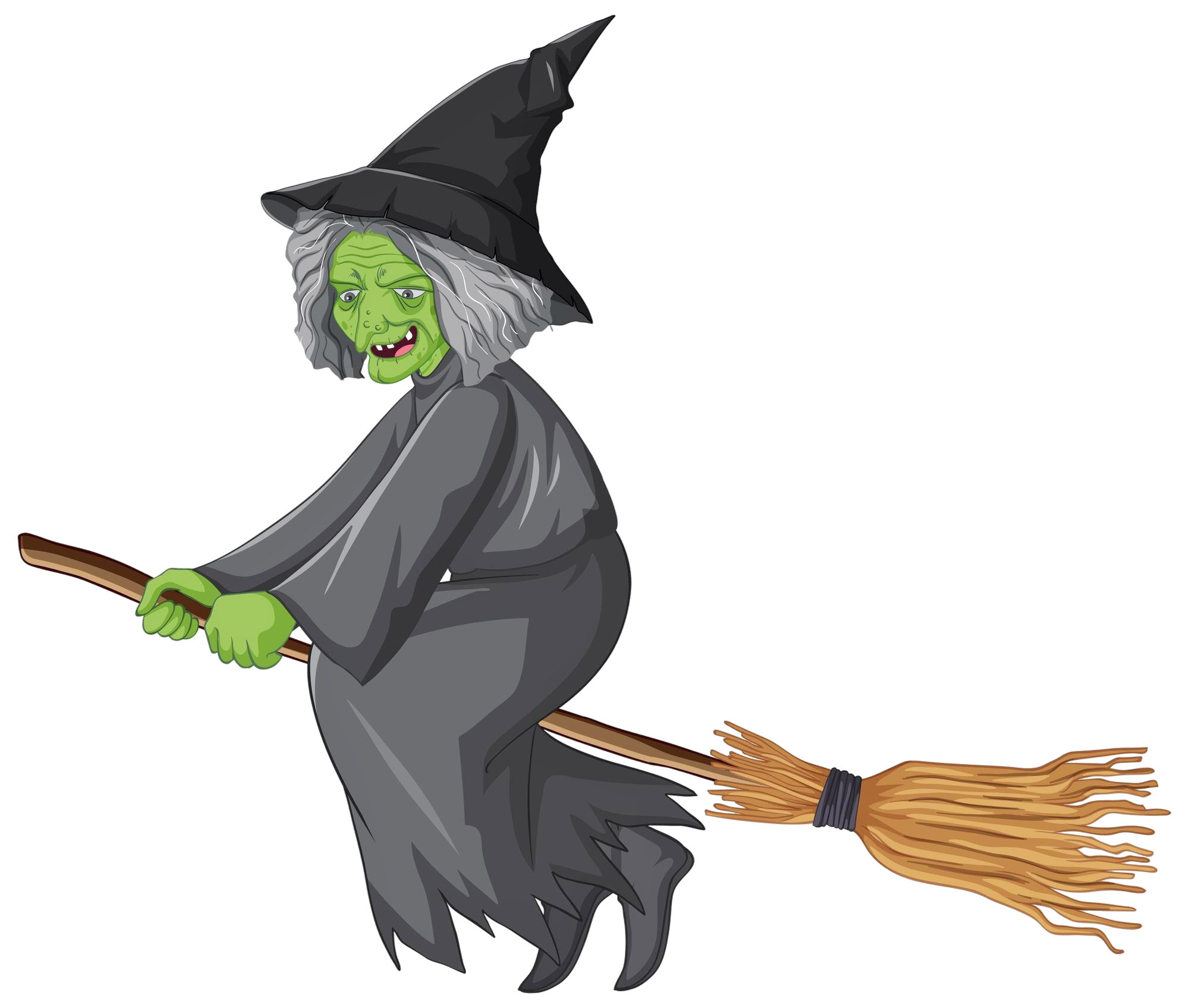

New! Comments
Have your say about what you just read! Leave me a comment in the box below.